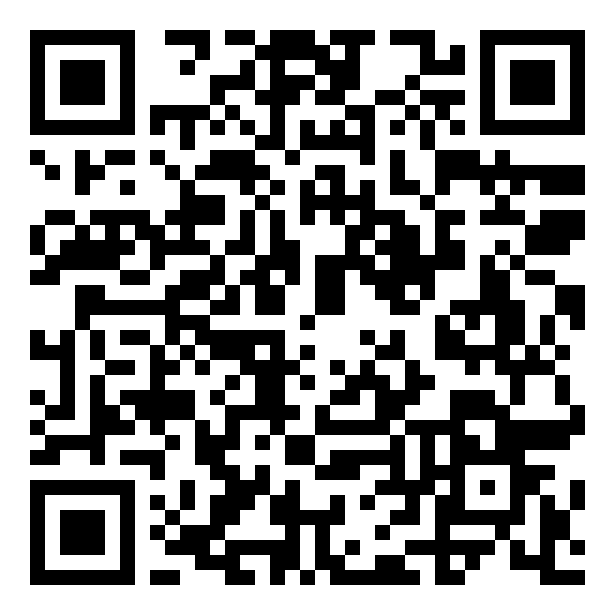
Assay Development and Screening
BRET measurement on CCD camera-based microtiter-plate readers
- KC
Kelvin F. Cho, PhD
Senior Associate Scientist
Amgen
South San Francisco, CA, United States
Primary Author - January Poster(s)
NanoBRET assays, which utilize bioluminescence energy resonance transfer (BRET), have been widely adopted in drug discovery for measuring both protein-protein interactions (PPIs) and drug target engagement (TE). In both applications, the NanoLuc luciferase serves as the BRET energy donor and is often fused to the protein of interest. A fluorescent ligand serves as the BRET energy acceptor and is either conjugated to a second protein using the HaloTag (for detecting PPIs) or incorporated into the NanoBRET tracer compound (for measuring TE). In the presence of NanoLuc substrate, NanoLuc can excite proximal acceptor molecules, consequently generating a BRET signal, which can be recorded using a plate reader, such as the EnVision. While the EnVision and other traditional plate readers that measure a single well at a time are satisfactory for smaller experiments, it becomes challenging to scale these assays to applications that require higher throughput. To address this, we explored the adaptation of ViewLux and FLIPR plate readers for measuring NanoBRET signal. These plate readers utilize charge-coupled device (CCD) cameras for detection, which enables imaging the entire assay plate simultaneously. We used tool compounds to generate data from each plate reader and found that the image-based plate readers can be used to measure NanoBRET signals with high S/B and Z’ resulting in comparable IC50 values, while requiring less time to complete reads. Consequently, utilization of image-based plate readers for NanoBRET measurement may enable applications that require faster reads, such as high-throughput screening or kinetics studies.
 View Leader Board
View Leader Board
SLAS Events

1st Prize - Comp Reg + Hotel/Airfare to SLAS2023 in San Diego
2nd Prize - $50 Starbucks Gift Card
3Rd Prize - $25 AMEX Gift Card
Keep an eye on the leader boards to see who’s at the TOP. Winners will be announced after SLAS2022.
Each participating poster in the exhibit hall will have a QR code next to it. For virtual participants, look for the scavenger hunt icon for participating posters.
